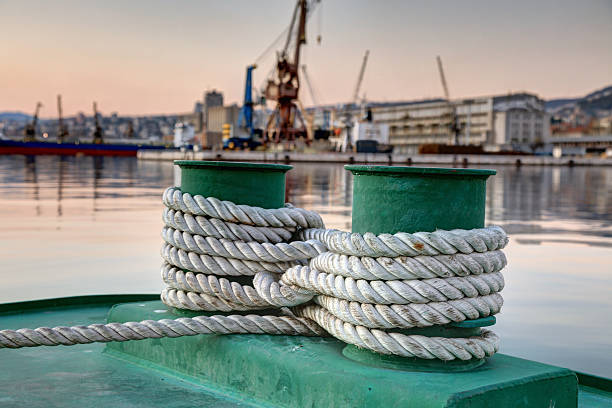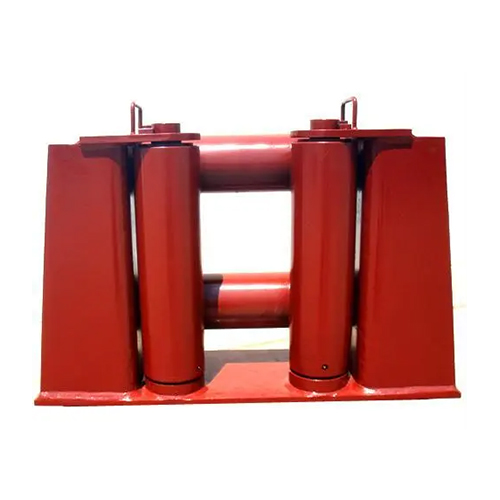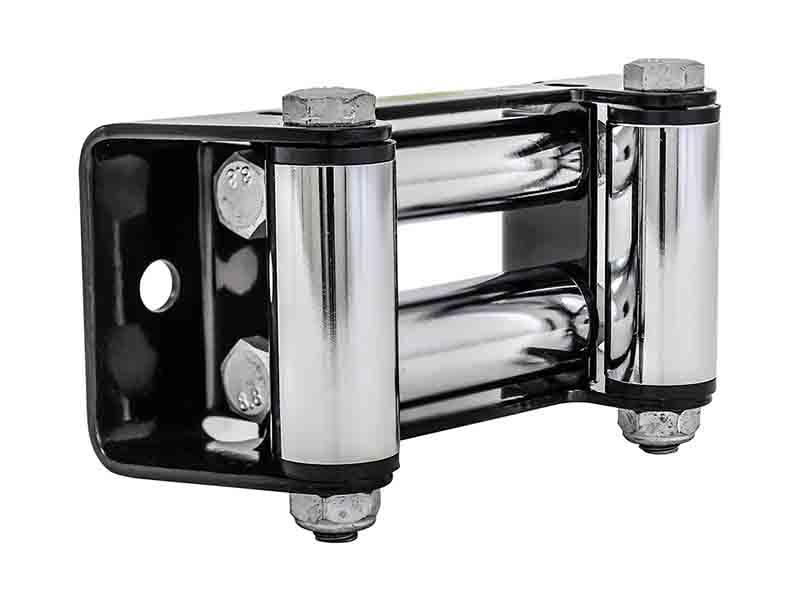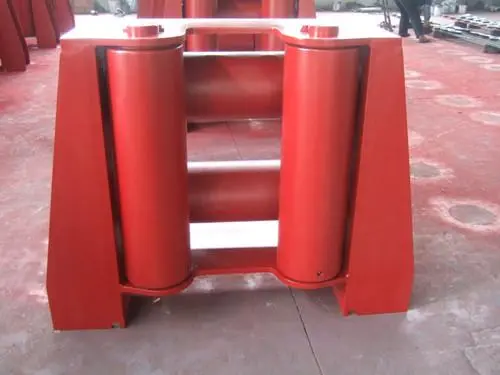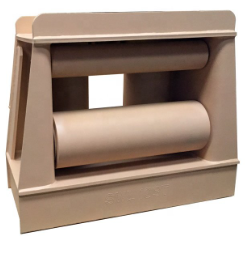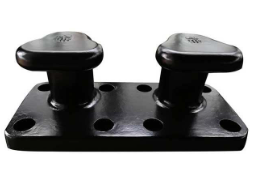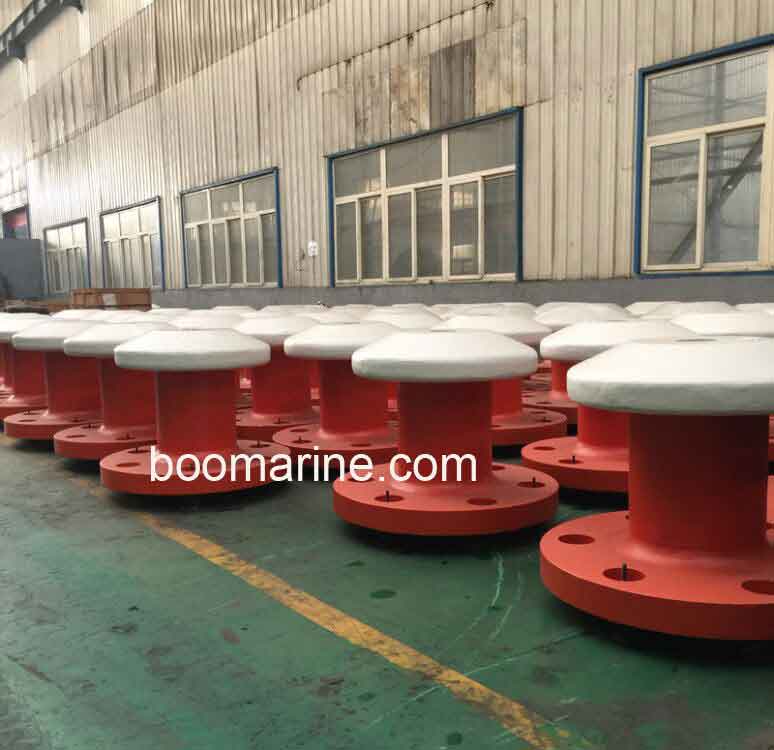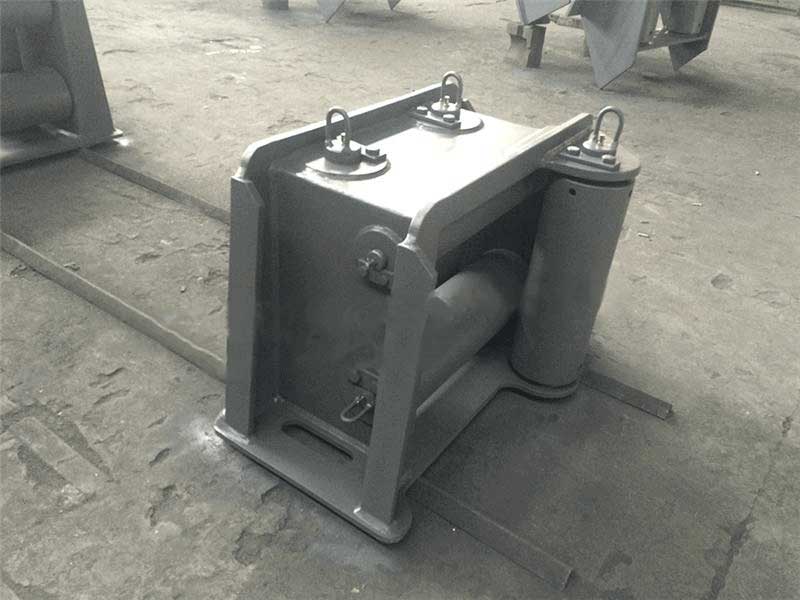The harsh environment of the open ocean necessitates tough and dependable equipment for ships and offshore platforms. From mooring massive ships to deploying anchors and handling critical cargo, smooth and efficient rope handling is essential. Enter the roller fairlead, a seemingly simple but essential piece of equipment that ensures the safety and efficiency of these operations. This article delves into the various applications of roller fairleads on ships and offshore structures, examines the significant advantages they provide in marine environments, and introduces the various products by Boomarine, a leading supplier in this field.
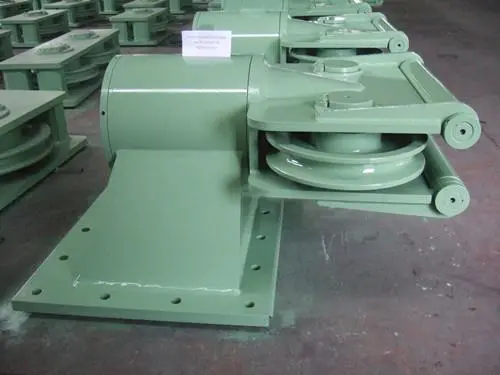
Use of Roller Fairleads on Ships and Offshore Structures
Primary function of roller fairleads is to guide and support these lines through various operations, reducing wear and tear while increasing control. Below is a detailed breakdown of their applications:
1. Mooring and Docking Operations
Guiding Mooring Lines: Ships use mooring lines to attach themselves to a dock or another vessel. Roller fairleads are strategically placed on the deck to guide the lines as they are paid out or taken in. The rollers allow the lines to move more smoothly, reducing friction and preventing chafing against the deck or other equipment. This reduces the risk of line damage during critical mooring maneuvers, ensuring that the ship is securely fastened.
2. Anchor Handling
Managing Anchor Lines: Anchors are crucial for holding ships and offshore structures in place. Roller fairleads are used to guide anchor lines during deployment or retrieval. The rollers keep the lines moving smoothly across the fair, preventing them from becoming tangled or snagged. This enables effective anchor handling during deployment and retrieval, even in rough seas.
3. Towing Operations
Controlling Tow Lines: Ships use tow lines to move other vessels or equipment. Roller fairleads assist in managing these tow lines, ensuring that they move smoothly and are not subjected to excessive wear and tear. The rollers evenly distribute the towing force, reducing friction and keeping the lines from snapping under pressure. This improves control during towing operations, increasing safety and efficiency.
4. Offshore Operations
- Guiding Drilling Lines: Offshore rigs use a variety of cables for drilling operations. Roller fairleads are used to guide these lines and keep them from snagging or chafing against the rig structure. This includes lines for lowering and raising drilling equipment, as well as lines for monitoring subsea operations. Rollers provide smooth movement, which reduces damage to these critical drilling lines and ensures that drilling activities run smoothly.
- Handling Anchor Lines for Platforms: Offshore platforms, like ships, use anchors to maintain stability. Roller fairleads guide the anchor lines on these platforms, allowing for easier deployment and retrieval while reducing wear. This improves the platform’s overall stability and safety.
5. Equipment Handling
Guiding Lifting Lines: Cranes and lifting equipment are used for a variety of operations on both ships and offshore structures. Roller fairleads can be used to guide the lines that lift people, equipment, or cargo. The rollers ensure that these lines move smoothly and do not become tangled or damaged during lifting operations.
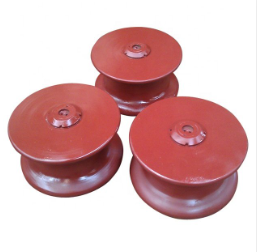
NS2585 Warping Roller Fairlead
Benefits of Roller Fairleads in Marine Environments
1. Reduced Rope Wear
The harsh marine environment can be especially harmful to the ropes and cables used on ships and offshore structures. Saltwater exposure, constant movement due to waves and currents, and friction from repeated use can all cause fraying, kinking, and, eventually, rope failure. This can be both a safety risk and a significant financial burden, necessitating frequent rope replacement and potentially causing delays due to maintenance downtime. Roller fairleads play an important role in reducing wear and tear. Here’s how.
- Minimized Friction: The smooth, grooved surface of the rollers allows ropes and cables to move with little resistance. Rollers, as opposed to flat-surfaced hawse fairleads, distribute pulling force more evenly, reducing the abrasive effect on rope fibers. This significantly increases the lifespan of the rope.
- Reduced Chafing: When moving across a flat surface, ropes and cables may rub against the fairlead, causing chafing and weakening of the rope fibers. Roller fairleads eliminate chafing by providing a smooth, rolling surface for the rope to glide over. This reduces the damage to the rope’s outer sheath and internal structure.
2. Improved Safety
Sudden jerks or uncontrolled movements of ropes and cables can pose a significant safety risk on ships and offshore structures. These uncontrolled movements can injure crew members, damage equipment, and even result in accidents such as cargo spills or the loss of mooring lines during storms. Roller fairleads help create a safer working environment by:
- Smoother Cable Handling: The fairlead’s rolling action ensures that the ropes and cables move smoothly and consistently. This reduces the likelihood of sudden jerks or unpredictable movements, which could result in injuries or equipment damage.
- Improved Control: Roller fairleads provide greater control over the ropes during winching or pulling operations. The smooth guidance provided by the rollers enables crew members to handle the ropes with greater precision, reducing the risk of accidents caused by operator error.
3. Increased Efficiency
Time is often of the essence in maritime operations. Slow or inefficient rope handling can cause significant delays, reducing productivity and adherence to schedule. Roller fairleads improve efficiency in several ways:
- Faster Operations: The rollers provide smooth guidance, allowing ropes and cables to move with minimal resistance. This allows for faster deployment and retrieval of mooring lines, anchor lines, and tow lines.
- Reduced Manpower Requirements: Roller fairleads can reduce the need for manual handling of ropes and cables by operating smoothly. This can be especially useful for smaller crews or during operations that require quick deployment or retrieval.
- Minimized Downtime: Roller fairleads reduce the need for rope replacement by increasing the lifespan of ropes and cables. This results in less downtime for maintenance activities, allowing ships and offshore structures to operate more efficiently.
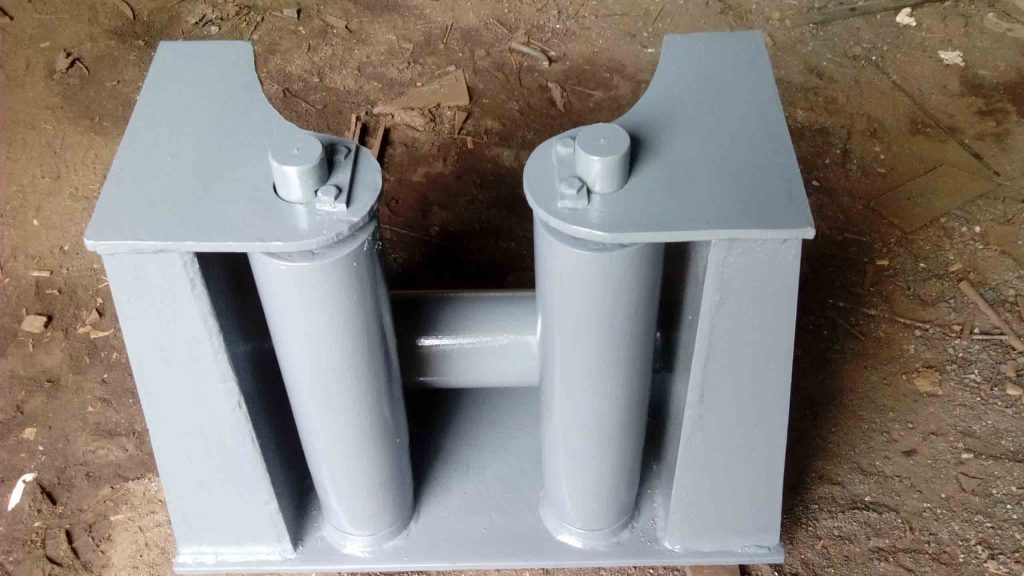
Popular Types of Roller Fairleads
| Roller Fairlead Type | Description | Applications |
| Swivel Head Fairlead | Features a rotating head with rollers that can be adjusted to various angles. This allows ropes and cables to be guided in a variety of directions, including changing angles. | Ideal for applications requiring frequent changes in cable pull direction, such as mooring, towing, and anchor handling on ships and offshore structures. |
| DIN81902 Warping Roller | Conforms to DIN 81902 standards, which ensure compatibility with specific winch capacities and cable sizes. It usually has multiple rollers arranged horizontally to distribute the pulling force evenly. | Commonly used in marine applications, especially on ships and offshore structures, to guide mooring lines, anchor lines, and towlines. |
| JIS F 2014 Warping Roller | Conforms to JIS F 2014 standards, which ensure compatibility with specific winch capacities and cable sizes. It usually has multiple rollers arranged horizontally to distribute the pulling force evenly. | Typically used in marine applications, particularly on ships and offshore structures, to guide mooring lines, anchor lines, and towlines. |
| Vertical Guide Sheave | A single large sheave mounted vertically guides ropes and cables straight upward or downward. | Suitable for lifting and lowering ropes and cables vertically, such as cranes, davits, and cargo handling systems. |
| NS2585 Warping Roller | Designed to meet NS 2585 standards, which ensure compatibility with specific winch capacities and cable sizes. It usually has multiple rollers arranged horizontally to distribute the pulling force evenly. | Commonly used in marine applications, especially on ships and offshore structures, to guide mooring lines, anchor lines, and towlines. |
Conclusion
Roller fairleads are a valuable asset for any vessel or offshore structure navigating large seas because they reduce rope wear, improve operational safety, and increase efficiency. Boomarine’s extensive range of roller fairleads caters to a wide range of applications and standards, giving marine operations the tools they need to handle ropes and cables with confidence. Whether you need a versatile swivel head fairlead for dynamic towing or a strong NS2585-compliant warping roller for heavy-duty mooring, Boomarine has the solution to keep your ropes running smoothly and reliably, even in the most extreme marine conditions.

